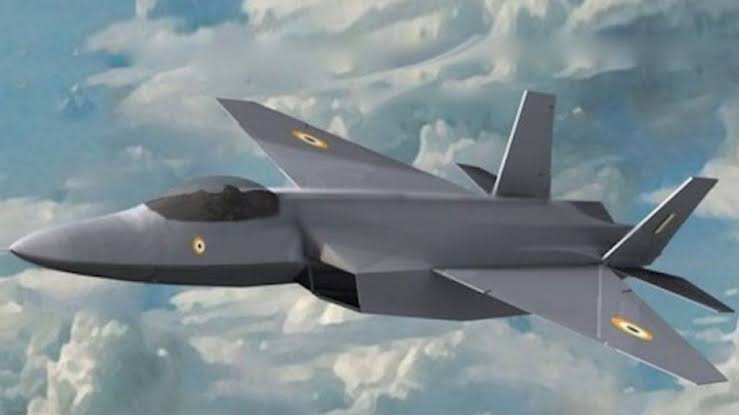India, France’s Safran to Jointly Develop Engines for AMCA, Nation’s First 5th-Gen Stealth Fighter — Prototypes by 2027
In a landmark move to bolster its defense capabilities, India has finalized a strategic partnership with French aerospace giant Safran to co-develop advanced jet engines for the Advanced Medium Combat Aircraft (AMCA), the nation’s first indigenous fifth-generation stealth fighter. Announced by Defence Minister Rajnath Singh on August 22, 2025, at The Economic Times World Leaders Forum, the ₹61,000 crore ($7 billion) initiative aims to produce 120-kilonewton (kN) thrust engines by 2035, with prototypes expected by 2027. The deal, which includes 100% technology transfer, marks a significant step toward India’s goal of self-reliance in defense manufacturing under the Aatmanirbhar Bharat initiative.
The agreement, led by the Defence Research and Development Organisation (DRDO) and its Gas Turbine Research Establishment (GTRE), follows a rigorous evaluation process that favored Safran over competitors like the UK’s Rolls-Royce and the U.S.’s General Electric. “Safran’s proposal aligns perfectly with the AMCA timeline and offers full intellectual property rights and technology transfer,” a senior DRDO official told Times of India. The project, pending approval from the Cabinet Committee on Security, will see the engines designed, developed, tested, and manufactured in India, creating a robust aerospace ecosystem with supply chain development.
Singh emphasized the significance of the collaboration, stating, “We have taken steps toward building our fifth-generation fighter aircraft and manufacturing its engines in India with Safran. This is a decisive move for self-reliance.” The AMCA, a 25-tonne stealth fighter with advanced features like sensor fusion and an internal weapons bay, is slated for production by 2035, with the Indian Air Force (IAF) planning to induct seven squadrons (126 jets). The first two squadrons will use GE-F414 engines (98 kN thrust), while the Safran-developed 120 kN engines will power the subsequent five, ensuring enhanced performance for the AMCA Mark-2 variant.
The partnership addresses India’s long-standing challenge of dependence on foreign engines, which account for 40-60% of a fighter jet’s lifecycle costs. Previous efforts, like the Kaveri engine project, failed to meet thrust requirements, but lessons learned are informing the new collaboration. Safran’s offer includes critical technologies such as single-crystal blades and laser drilling, positioning India among the elite nations with advanced combat jet engine capabilities, per Business Standard. The deal also expands Safran’s footprint in India, where it already manufactures helicopter engines and supports Rafale jets.
Public reaction has been overwhelmingly positive, with #AMCA trending on X. @IndiaWarZone tweeted, “India’s 5th-gen AMCA gets a boost with Safran’s jet engine deal! Prototypes by 2027 🚀 #AatmanirbharBharat,” while @MeghUpdates echoed, “Big win for India’s defense! Safran partnership for AMCA engines is game-changing.” Critics, however, raised concerns about the project’s $7 billion cost, with @TruthSeekerNG posting, “₹61,000 crore for engines? Hope it delivers, unlike Kaveri.” The deal also strengthens Indo-French ties, building on past collaborations like the Rafale and Scorpène programs.
